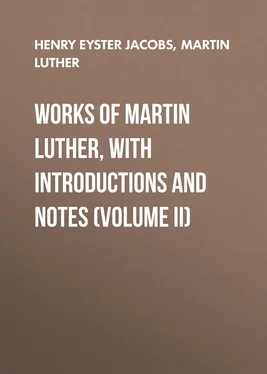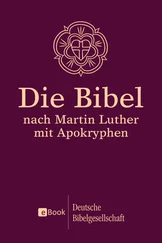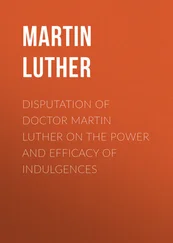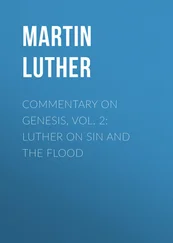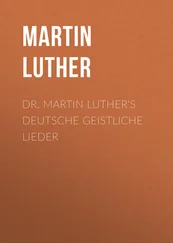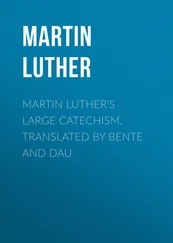Clemen , I. 362.
Below, pp. 65-99.
See Weimar Ed. , VI, 397.
See title B , ibid ., 398.
Printed as an appendix in Clemen , I, 421-425.
So it was called by Johann Lang (Enders, II, 461).
Unserm furnchmen nach . See Introduction, p. 57.
An ironical comparison of the monks' cowl and tonsure with the headgear of the jester.
i. e., Which one turns out to be the real fool.
The proverb ran, Monachus semper praesens , "a monk is always there." See Wander, Deutsches Sprichwörterlexicon , under Mönch, No. 130.
Evidently a reference to the Gravamina of the German Nation ; see Gebhardt, Die Grav. der Deutschen Nation , Breslau, 1895.
Councils of the Church, especially those of Constance (1414-18), and of Basel (1431-39).
Charles V. was elected Emperor in 1519, when but twenty years of age. Hutten expresses his "hopes of good" from Charles in Vadiscus (Böcking, IV, 156).
Frederick Barbarossa (1152-1100).
Frederick II (1212-1250), grandson of Barbarossa and last of the great Hohenstaufen Emperors. He died under excommunication.
Pope Julius II (1503-1513). Notorious among the popes for his unscrupulous pursuit of political power, he was continually involved in war with one and another of the European powers over the possession of territories in Italy.
Luther's recollection of the figures was faulty.
The term "Romanist" is applied by Luther to the champions of the extreme form of papal supremacy. C. Vol. I, p. 343 f.
i. e., The three rods for the punishment of an evil pope.
Spuknisse , literally "ghosts." The gist of the sentence is, "the Romanists have frightened the world with ghost-stories."
Olegötze —"an image anointed with holy oil to make it sacred"; in modern German, "a blockhead."
Lay-baptism in view of imminent death is a practice as old as the Christian Church. The right of the laity to administer baptism in such cases was expressly recognized by the Council of Elvira, in the year 306, and the decree of that Council became a part of the law of the Church. The right of the laity to give absolution in such cases rests on the principle that in the absence of the appointed official of the Church any Christian can do for any other Christian the things that are absolutely necessary or salvation, for "necessity knows no law." Cf. Vol. I, p. 30, note 2.
The canon law, called by Luther throughout this treatise and elsewhere, the "spiritual law," is a general name for the decrees of councils ("canons" in the strict sense) and decisions of the popes ("decretals," "constitutions," etc.), promulgated by authority of the popes, and collected in the so-called Corpus juris canonici . It comprised the whole body of Church law, and embodied in legal forms the mediæval theory of papal absolutism, which accounts for the bitterness with which Luther speaks of it, especially in this treatise. The Corpus includes the following collections of canons and decretals: The Decretum of Gratian (1142), the Liber Extra (1234), the Liber Sextus (1298), the Constitutiones Clementinae (1318 or 1317), and the two books of Extravagantes ,—the Extravagantes of John XXII , and the Extravagantes communes . The last pope whose decrees are included is Sixtus IV (died 1484). See Catholic Encyclop. ,IV, pp. 391 ff.
Augustine, the master-theologian of the Ancient Church, bishop of Hippo in Africa from 395-430.
Ambrose, bishop of Milan from 374-397, had not yet been baptised at the time of his election to the episcopate, which was forced upon him by the unanimous voice of the people of the city.
Cyprian, bishop of Carthage, 247-258, is said to have consented to accept the office only when the congregation surrounded his house and besought him to yield to their entreaties.
Was ausz der Tauff krochen ist .
The character indelebilis , or "indelible mark," received authoritative statement in the bull Exultate Deo (1439). Eugenius IV, summing up the Decrees of the Council of Florence, says: "Among these sacraments there are three—baptism, confirmation, and orders—which indelibly impress upon the soul a character, i. e., a certain spiritual mark which distinguishes them from the rest" (Mirbt, Quellen , 2d ed., No. 150). The Council of Trent in its XXIII. Session, July 15, 1563 (Mirbt, No. 312), defined the correct Roman teaching as follows: "Since in the sacrament of orders, as in baptism and confirmation, a character is impressed which cannot be destroyed or taken away, the Holy Synod justly condemns the opinion of those who assert that the priests of the New Testament have only temporary power, and that those once rightly ordained can again be made laymen, if they do not exercise the ministry of the Word of God."
i. e., They are all Christians, among whom there can be no essential difference.
The sharp distinction which the Roman Church drew between clergy and laity found practical application in the contention that the clergy should be exempt from the jurisdiction of the civil courts, This is the so-called privilegium fori , "benefit of clergy." It was further claimed that the government of the clergy and the administration of Church property must be entirely in the hands of the Church authorities, and that no lay rulers might either make or enforce laws which in any way affected the Church. See Lea, Studies in Church History , 169-219 and Prot. Realencyk. , VI, 594.
It was the contention of the Church authorities that priests charged with infraction of the laws of the state should first be tried in the ecclesiastical courts. If found guilty, they were degraded from the priesthood and handed over to the state authorities for punishment. Formula for degradation in the canon law, C. 2 in VI, de poen. (V, 9). See Prot. Realencyk. , VI, 589.
The interdict is the prohibition of the administration of the sacraments and of the other rites of the Church within the territory upon which the interdict is laid ( Realencyk. , IX, 208 f.). Its use was not uncommon in the Middle Ages, and during the time that the power of the popes was at its height it proved an effective means of bringing refractory rulers to terms. A famous instance is the interdict laid upon the Kingdom of England by Innocent III in 1208. Interdicts of more limited local extent were quite frequent. The use of the interdict as punishment for trifling infractions of church law was a subject of complaint at the diets of Worms (1521) and Nürnberg (1524). See A. Wrede, Deutsche Reichstagsakten unter Kaiser Karl V. , II, pp. 685 f, III, 665.
Читать дальше
